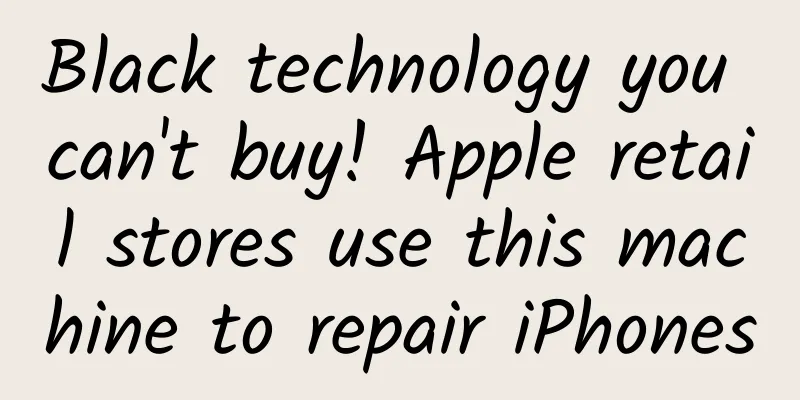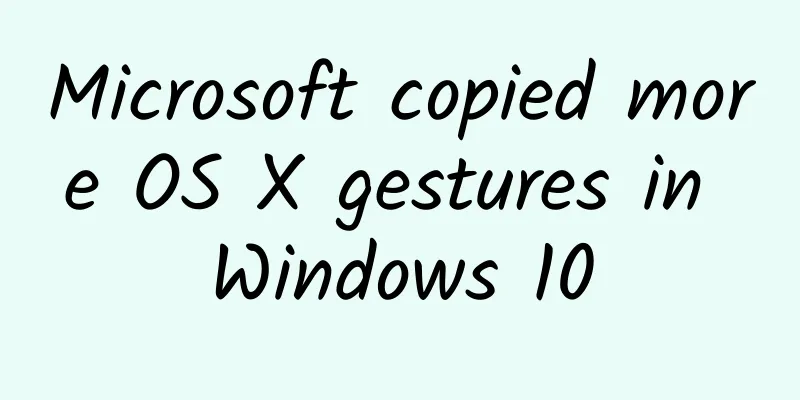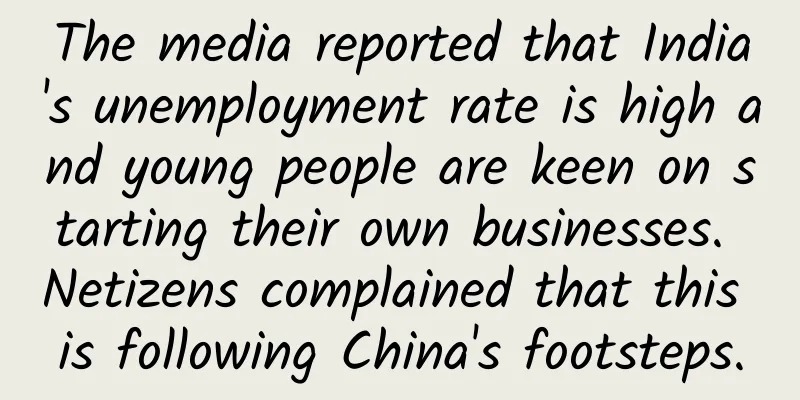Black technology you can't buy! Apple retail stores use this machine to repair iPhones

|
Finally I understand what my iPhone has been through in the background. When a user's iPhone has a problem, they will ask Apple retail store employees for help. After the Apple store employees take the device and tinker with it in a small room in the store that outsiders cannot enter for a while, they come out and tell you that the device has been fixed. You don't know how they fixed it. However, a photo of the repair tools used by Apple stores has recently appeared on the Internet. Through this photo, we can get a little understanding of the repair work of Apple store employees. The facility used by the Genius Bar staff and other technicians in the photo to repair iPhones is called the "iPhone calibration machine." This is the machine used in Apple stores to repair iPhone screens. This machine is an old version. Now Apple stores use a newer version. It is said that the new version is more functional than the version in the picture, and it is equipped with an industrial-style outer packaging to protect the sensitive calibration facilities. There are actually different versions of calibration machines in Apple retail stores. Although their functions are basically the same, the appearance of the machines is very different. A similar Apple calibration machine was also exposed in 2013, when Apple launched the on-site replacement service for the iPhone 5 screen. According to a person who used to work at the Genius Bar at an Apple store, "It's a big, bulky-looking machine that really looks like the one that a lot of people use in their backyards. It has a lot of molds that are suitable for different iPhone models. The molds are needed to measure the iPhone before it is put into the machine for repair. The entire repair process takes about 30 minutes... Strange liquids have to be put into the machine during repair, so we have to wear gloves to repair and operate it. It has a lot of gas valves and a lot of indescribable things. It looks more like a machine suitable for use in the backyard at home, and there is no Apple style at all." The square, circle, star and triangle logos on the left side of the iPhone in the picture are used to calibrate the iPhone's camera, and the "gray card" and "fur paper" are used for screen calibration. In addition to being used to replace screens and calibrate devices, this machine can also be used to replace the TouchID Home button. After the machine is connected to the Mac, it can verify the newly installed fingerprint sensor with the internal Apple server. Third-party repair providers do not have this machine, so they cannot provide certain screen repairs and TouchID replacement services. Apple does not support third parties to provide TouchID replacement services for security reasons, and many consumers and professional repair personnel are very dissatisfied with Apple's restriction. In early 2015, many consumers reported that their devices had an "Error 53" error. After investigation, it was found that the problem was that the iPhone's TouchID was invalid, because iOS products equipped with TouchID would check whether the TouchID sensor matched other components of the product when restoring the firmware in iTunes. This check protects the security of the product and iOS functions related to Touch ID. When iOS finds an unrecognized or unexpected TouchID module, the check will fail. Unauthorized or incorrect screen replacement may cause the check to fail. Apple was also sued for this, but the class action lawsuit was eventually dismissed. In addition to being safe and secure, Apple's use of such a machine for repairs also allows Apple retail stores to establish a relatively unified retail experience. However, Apple has recently gotten into trouble again. The Nebraska Legislature has proposed "Right to Repair" legislation. The legislation aims to make it easier for consumers and independent repair shops to repair electronic devices, and requires Apple and other manufacturers to sell repair parts to consumers and independent repair shops, and to make diagnostic and service manuals public. Apple is currently lobbying on this issue. As a winner of Toutiao's Qingyun Plan and Baijiahao's Bai+ Plan, the 2019 Baidu Digital Author of the Year, the Baijiahao's Most Popular Author in the Technology Field, the 2019 Sogou Technology and Culture Author, and the 2021 Baijiahao Quarterly Influential Creator, he has won many awards, including the 2013 Sohu Best Industry Media Person, the 2015 China New Media Entrepreneurship Competition Beijing Third Place, the 2015 Guangmang Experience Award, the 2015 China New Media Entrepreneurship Competition Finals Third Place, and the 2018 Baidu Dynamic Annual Powerful Celebrity. |
<<: Fed up with Windows? Eight reasons to choose LXDE as your Linux desktop
>>: Amazon: AMD CPU shipments account for 84.18% in February 2025, far ahead of Intel
Recommend
Why have we been obsessed with solving pi from ancient times to the present?
When it comes to "π", Chinese people wi...
Why did Einstein make two major mistakes in quantum mechanics and astronomy?
[Mobile software: Bo Ke Yuan] Scientific research...
Welcome home! What innovative technologies will help Shenzhou 15 return home?
On June 4, the return capsule of the Shenzhou XV ...
Is a food wall-breaking machine a nutrient absorption booster? Whether or not food wall-breaking is necessary depends on the ingredients and the person. Come and learn more →
Author: Zhang Yu, researcher at the Chinese Cente...
OCPC promotion effect is poor? You need to know 7 bidding methods of OCPC
Baidu search ocpc bidding is the current mainstre...
How to achieve one-stop online traffic monetization
Douyin is gradually improving its e-commerce func...
The new Emgrand starts at less than 70,000 yuan. Don't hold on if you buy a 1.6L Lavida.
Although Volkswagen Lavida has always been the sa...
The new mutant virus has spread to many countries. Can we still go home for the Spring Festival?
Recently, the emergence of the new variant Omicro...
In addition to volcanoes and strong men, Tonga also has these things you have never seen
Before this volcanic eruption, most people's ...
How to get higher conversions on Zhihu? Zhihu oCPC delivery skills~
It is becoming increasingly difficult to operate ...
The most comprehensive guide to promoting good products on Zhihu
There is a very good question on Zhihu: Why do or...
Traffic sources and strategies for Amazon automatic advertising!
No matter how long you have been working on Amazo...
How to promote an app without any budget
Application promotion is an old topic. Here are s...
The Chang'e 5 support vehicle must be a Chinese brand, and it is the pride of the Chinese people! It is the safest MPV in China!
At 1:59 a.m. on December 17, 2020, Chang'e-5 ...
Douyin short video "Film and Television Editing and Sales All-round Class" from entry to mastery, play and make money in short video operation
Training course video lecture content introductio...









